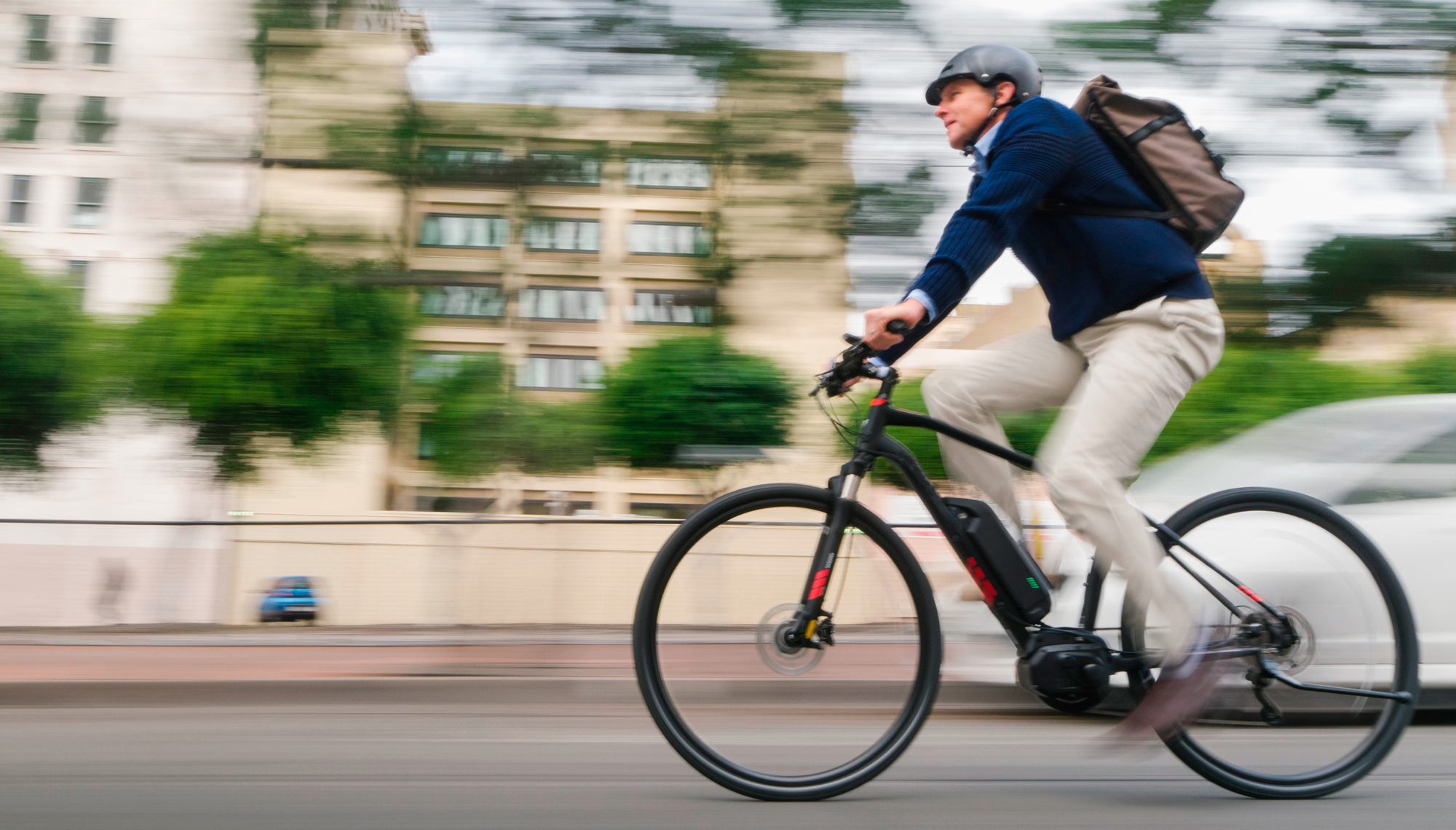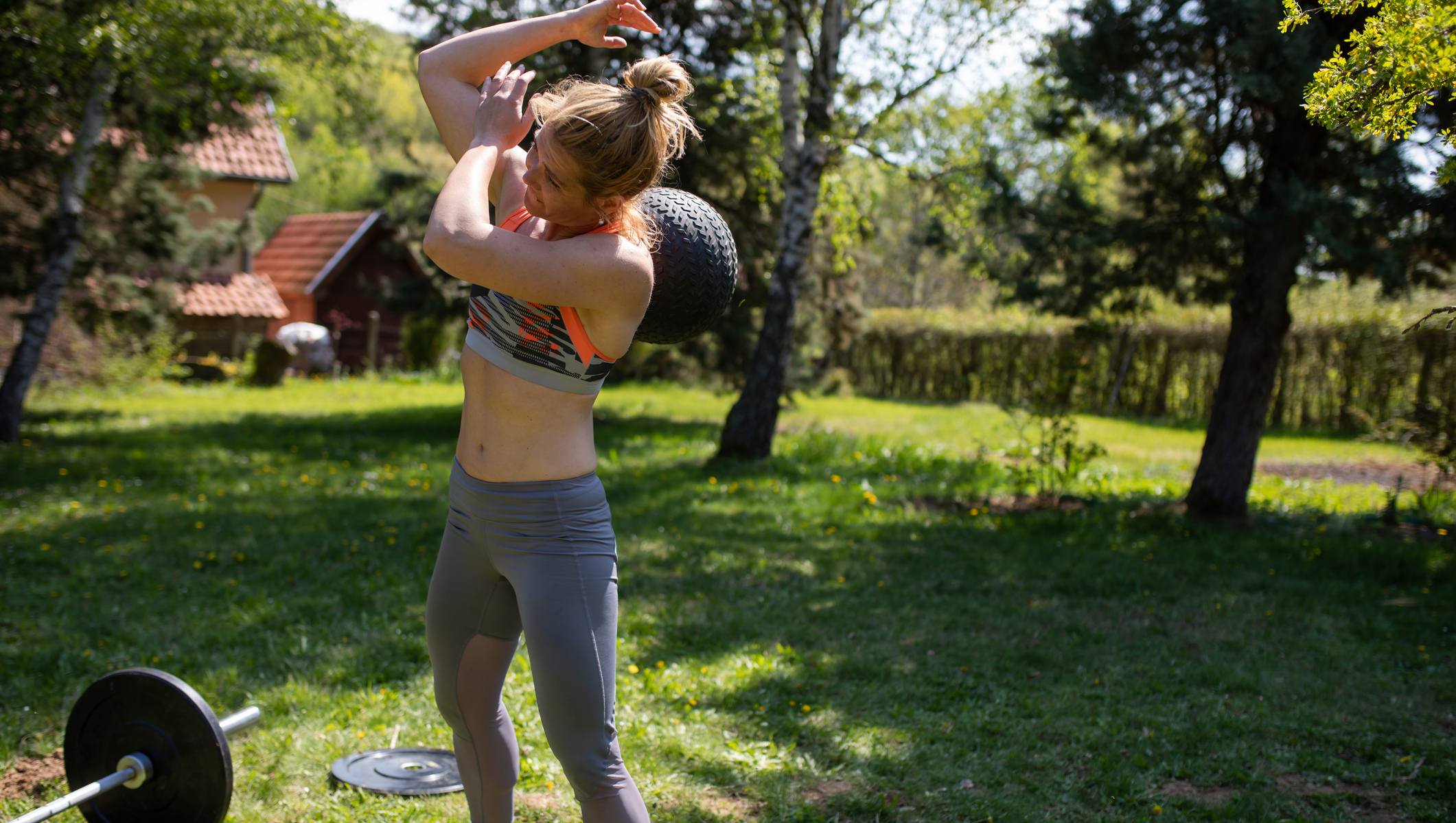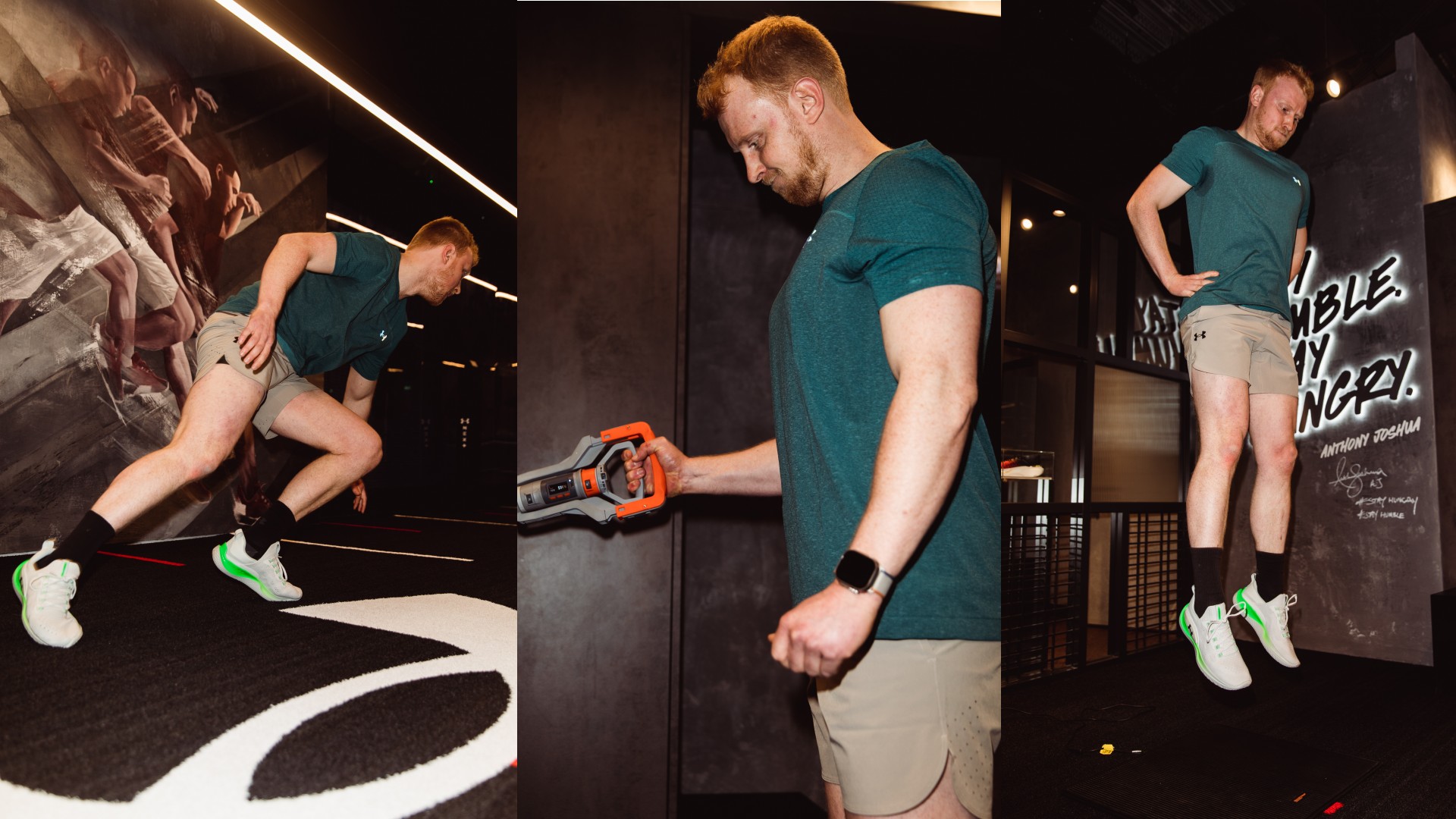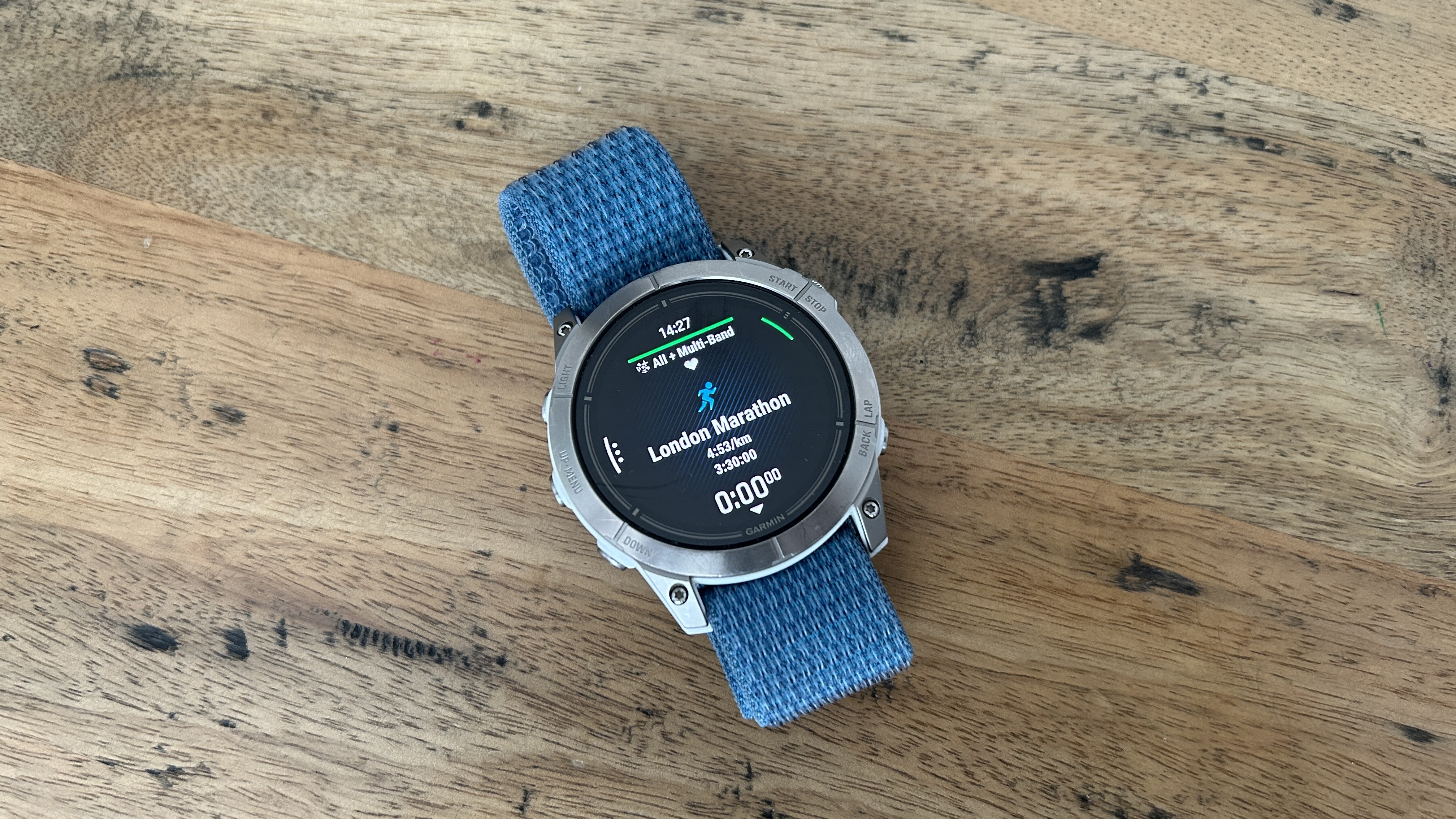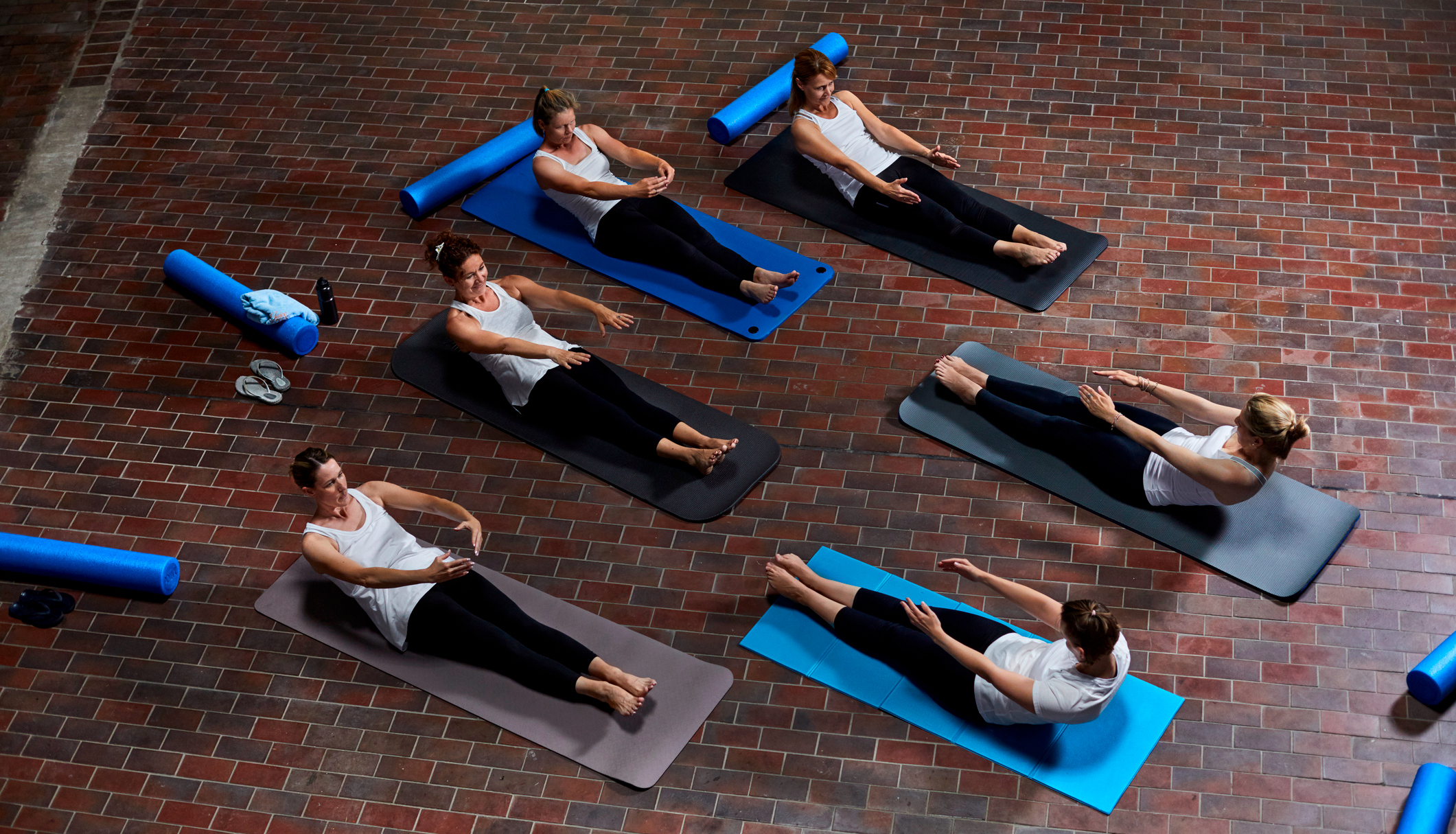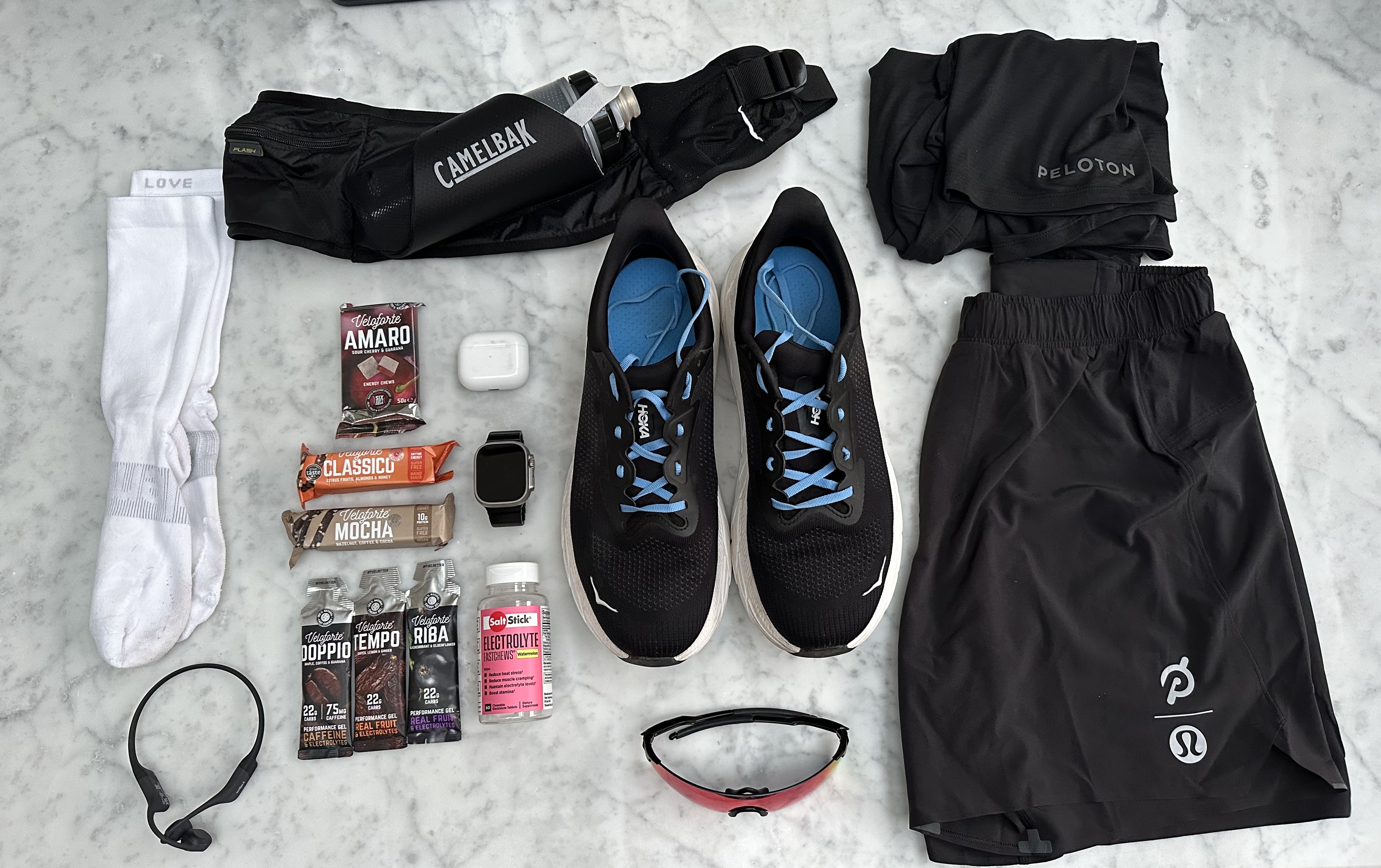How To Make Sure Working From Home Doesn’t Result In Back Problems
You don’t have to replicate your office desk set-up, but do make sure you keep moving
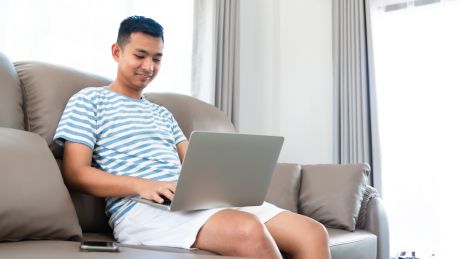
If you work in an office, the chances are you will have received some guidance from your company regarding the best way to set up your desk to ensure good posture. You might have even had a visit from someone in HR to help you, or requested a special chair to better support your lower back.
If you have, you might well be worrying about the effect of the current long spell of working from home during the COVID-19 lockdown. There are no home visits from HR posture experts, after all.
Fortunately, the importance of maintaining perfect posture throughout the working day may have been overblown.
“The idea of good posture and bad posture is a complete myth, it’s not borne out by the evidence,” says Claire Small, clinical director and specialist musculoskeletal physiotherapist at Pure Sports Medicine, Canary Wharf.
“We can’t say there is such a thing as a good posture, and in part that’s because everyone’s body is different. What works for one person doesn’t necessarily work for someone else.”
So there you go. However, there are steps anyone can take to keep yourself in good shape while working from home. Here’s Small with more information, starting with a question that is very close to our hearts.
Is it bad to sit on your sofa all day when working from home?
A lot of the ideas about what is good and bad posture are societal things. Take what looks acceptable in an office environment. If you see someone sitting slumped on a sofa or in a chair, your assumption is they’re slacking off. In the medical profession, we thought you had to stand or sit in a certain way to avoid putting excessive amounts of stress on the spine especially, but we’ve learned that’s not true. So if you’re comfortable slumping on the sofa, that’s absolutely fine.
Get the Coach Newsletter
Sign up for workout ideas, training advice, reviews of the latest gear and more.
The biggest thing is that our bodies are made to move. If you just walked around with your fist clenched all day, it would start to hurt. It’s the same thing with our spine if we just sit in one position all day.
You need to move more than just during your daily exercise, then?
Anecdotally, people are going out for a run, or doing their specific form of exercise they’re allowed to do in lockdown, but the rest of the day they’re pretty much sat in one position. When we’re working we walk to the station and catch the train, or bike to work, go out for lunch, walk to meetings – we’re moving around a lot more. It is all about movement and variation. So if you’re comfortable sitting on the sofa, do that for a bit, and if you’re comfortable on your bed do that for a bit.
Find what feels comfortable for you. I’m staying at my parents’ during lockdown and my mum had this old office chair that I sat on for a couple of hours one day and I had to get rid of it because it was so uncomfortable. I’m more comfortable sitting on a dining chair. That’s one of the myths, that an office chair is going to be the right thing for you. It’s what feels good.
See related
- Essential Exercises To Help Manage Back Pain
- Exercises To Relieve Back Pain That Are Safe, Simple And Office-Appropriate
- Simple Ways To Improve Your Desk Posture
- The Best Standing Desks And Why You Need To Try One
What problems can arise from an uncomfortable set-up?
Lower-back pain, and some people get pain in their hips. The other thing we see is neck and upper-back pain, between the shoulder blades. That may be due to the fact people have their laptop too high, so they’re raising their shoulders and holding them in one position.
What can you do to prevent and alleviate this pain?
A lot of the pain and discomfort people get can be alleviated by movement and stretching as soon as they start to feel those aches and pains. And ideally try to move before you get it! You don’t have to move for very long – stand up, bend sideways, touch your toes, twist around in your seat, stretch your neck sideways, roll your shoulders. Just get your body moving. If you’re taking a call, take it walking. When you go to make a cup of coffee, don’t stand there waiting for the kettle to boil – do some stretches, bend over.
One of the advantages of working from home is that in an office environment you usually can’t get up from your desk, lie down on the floor beside it and do stretches to loosen up your lower back. In the privacy of your own home you can do a hell of a lot more.
People may also need to do things like putting their laptop up on a couple of books so it’s at a better height for their shoulders. It’s all about comfort. If people feel like their laptop is too low and they’re craning their head forward or dropping their head down, then try lifting it. Experiment. Find what works and what feels comfortable. And make sure you have stuff close to you so you’re not having to reach too far. Then, if you are still struggling, that’s when you should consult an expert.
Can you still see a physio at the moment virtually?
Absolutely. It’s been interesting – patients have been surprised by how much they’ve got out of virtual consultations. You can examine someone, see how they’re moving and do a lot of education. Education is such a key aspect of treating people.

Nick Harris-Fry is a journalist who has been covering health and fitness since 2015. Nick is an avid runner, covering 70-110km a week, which gives him ample opportunity to test a wide range of running shoes and running gear. He is also the chief tester for fitness trackers and running watches, treadmills and exercise bikes, and workout headphones.

